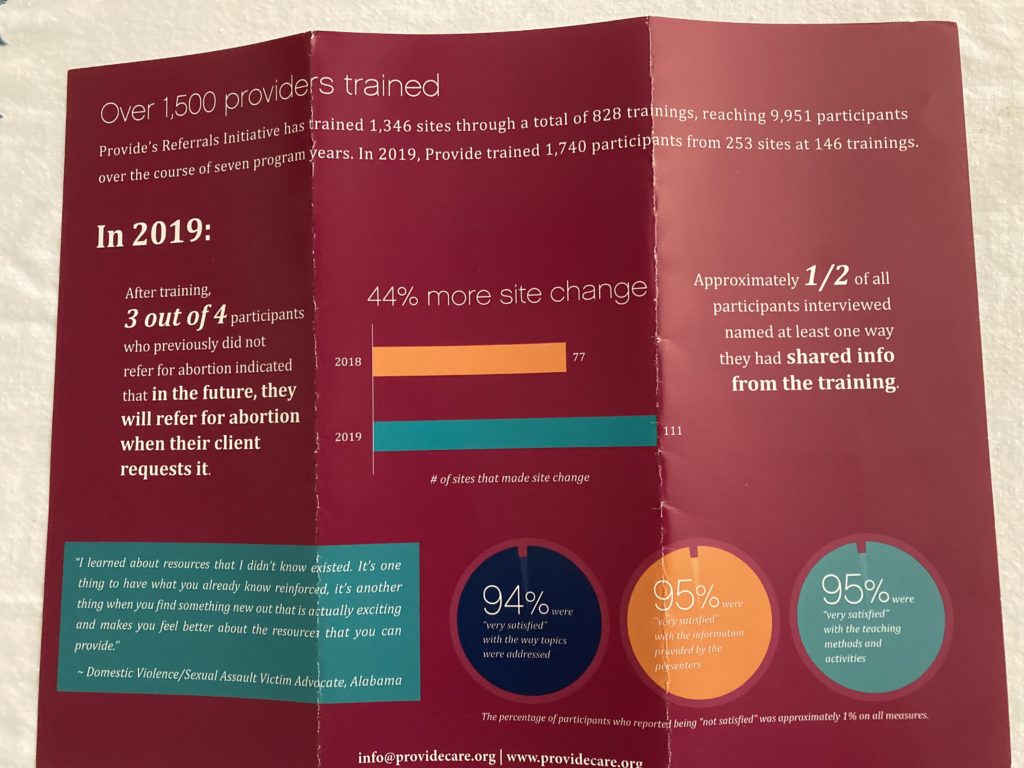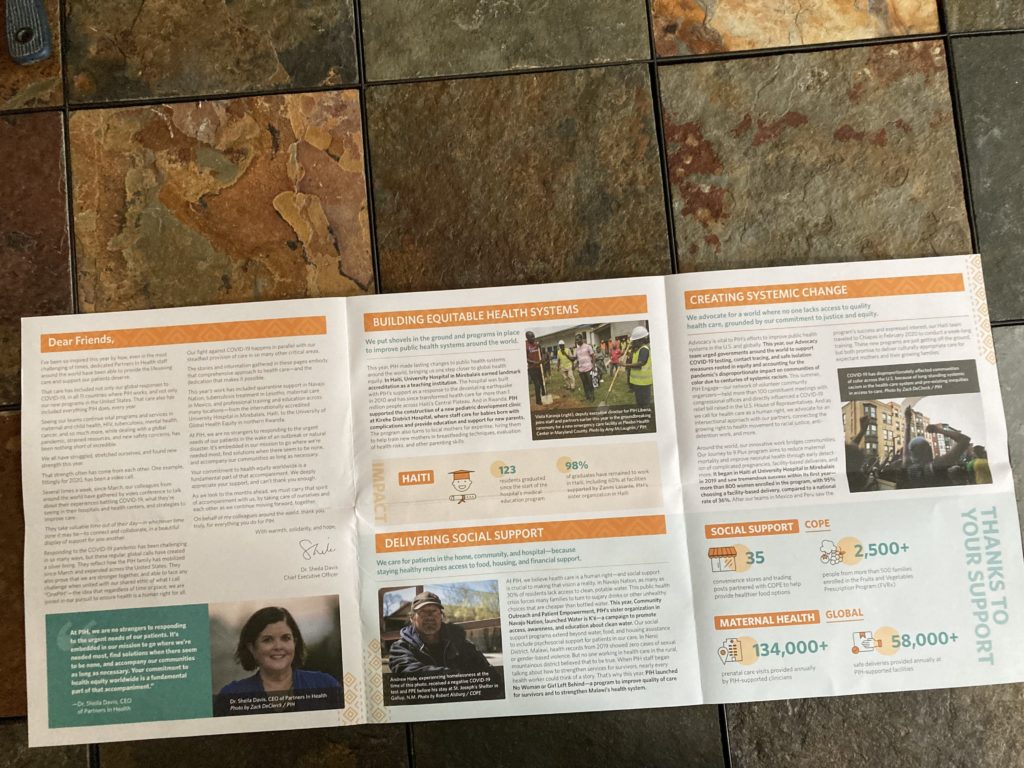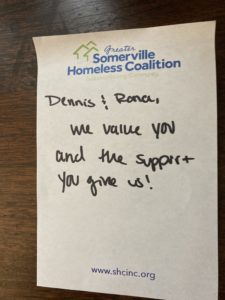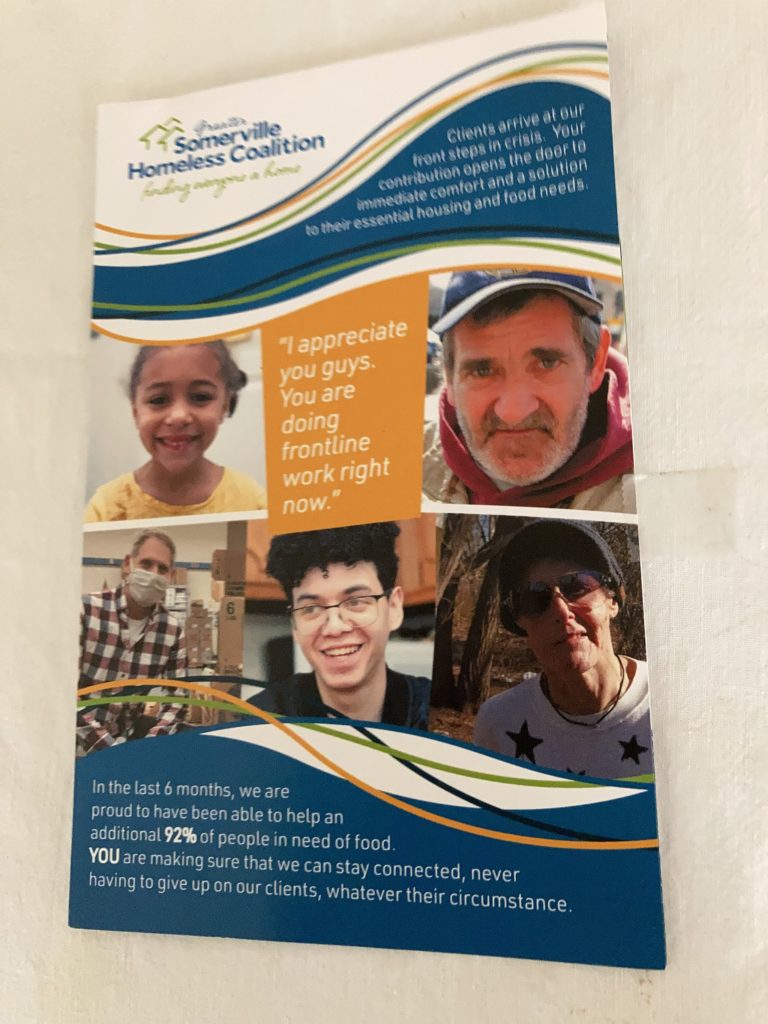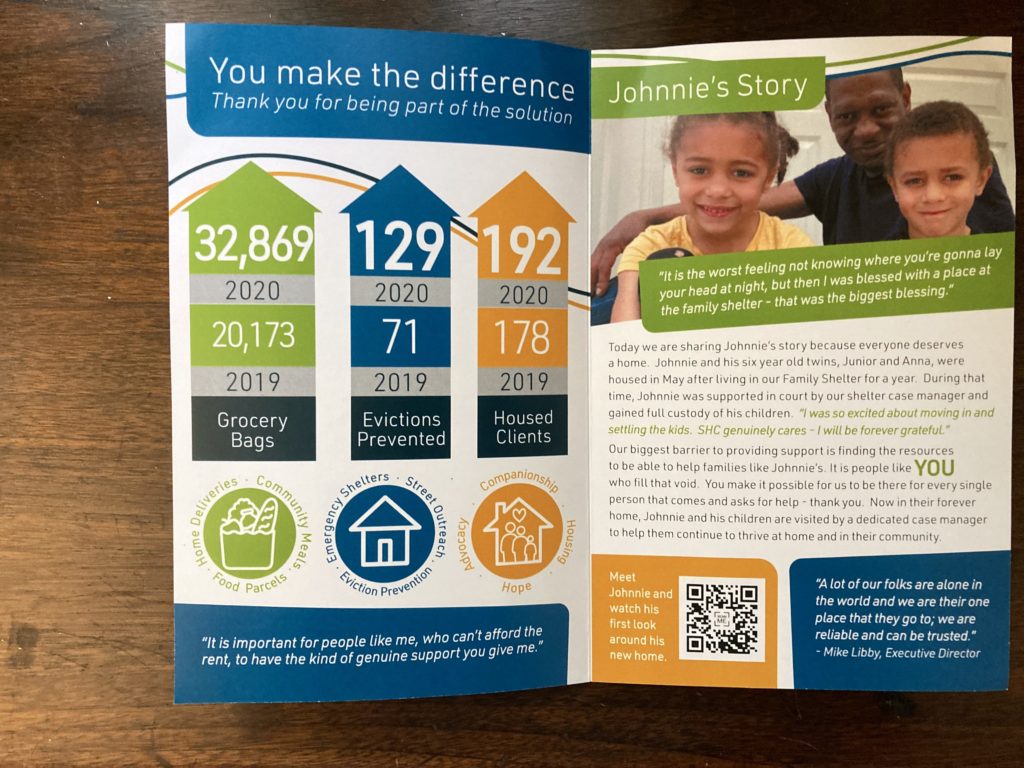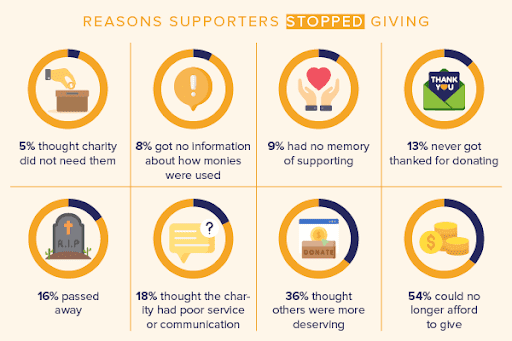A guest post by Elena Stewart
Nonprofit communication has changed drastically in recent decades. In the 1990’s, most people didn’t expect a personalized experience when dealing with the organizations they supported. Nonprofits would send a letter in the mail, and donors would send back a check — and that was it.
Now, organizations (and businesses) use algorithms, CRM software, and automation tools to personalize everything from our shopping carts to our newsfeeds. As a result, we expect personalization. And you can rest assured that your donors do too!
But donors are after more than a personalized experience; they want to feel that they have the inside scoop and a sense of belonging with the organizations they support. And they want to know they’re making a positive impact. Below are three practical communication tips for connecting with your donors!
Know the Core Functions of Your Strategy
First, you must know how to create a successful donor communications strategy, which involves identifying your core functions. For example, you’ll need to focus on telling impactful stories about people instead of relying on statistics and numbers. A personal story about someone directly impacted by your organization can be powerful and inspiring.
You should also plan to regularly update your donors about the progress your nonprofit is making in the community and the world. Of course, you should always communicate how their contributions have made an impact.
Furthermore, it’s important to allow your donors to participate in the conversation. When people give their money to a nonprofit, they want to feel like they belong to the community and contribute to the world’s betterment. Take advantage of your donors’ expertise and resources when strategizing, and give them a platform to share ideas and opinions.
Send Email
Once you have your core functions in place, it’s time to make a plan for executing your donor communications strategy. To do so, you’ll need to choose the appropriate channels.
Chances are you already use email because it has long been among the most common platforms for donor communications. But there may be some things you can do to improve results.
For example, make sure each email is personalized by including the donor’s name, contribution amounts, and years with the nonprofit. And consider that email tends to lack the personal touch of a phone call. Think of ways to warm up your messages by recalling bits of your last conversation with the donor or mentioning their specific interests or recent donations.
You should also respond quickly when a donor emails you. When someone sends an email, it shows they are engaged in your nonprofit, and you want to maintain their enthusiasm with a fast and personal response.
And, of course, every email you send should be relevant to your organization’s goals, challenges, and progress. The occasional uplifting story can also go a long way in inspiring action!
Engage on Social Media
If your nonprofit is not active on social media, now’s the time to engage. Develop your social media strategy around age and other demographics to determine which platforms to focus on for your messaging. Social media is an excellent way to post updates about your nonprofit, interact with donors and other supporters, and promote your cause.
You can even build a community by growing your online presence. Look for free tools that allow you to design custom infographics for explaining the challenges and victories occurring in your community.
Meet In-Person
We live in a digital world, but face-to-face communication is as powerful as ever. Look for opportunities to meet people in person so you can have natural conversations without the possibility of technical issues. The right body language and connecting on a human level can do wonders for moving people to become donors or continue their contributions.
There are many other ways to build healthy relationships with your donors through communication. A well-timed text message or handwritten letter, for example, can inspire people to action.
But the ideas above can help you lay a firm foundation for your donor communications strategy. Keep learning how to get your organization’s message across more effectively, and stay true to your mission and values along the way!
Would you like to read more helpful content or learn about communication consulting services for nonprofit organizations? Visit DennisFischman.com today!
Elena Stewart made the jump from a corporate job she wasn’t entirely happy with, to running her own business that gives her the financial freedom and flexible lifestyle she’s always wanted. As a life coach, she now gets the happiness of helping others get to the places that might seem out of reach.
